Some time ago, SiriusXM was sued for failing to provide podcast transcripts for deaf users, and the news sparked some discussion, even panic, in the podcasting community.
Every podcaster is asking, do I need to provide transcriptions of episodes?
Simply put, yes, you should indeed provide transcripts for your episodes.
But it also raises another question, what does transcription do for podcasting?
What is podcast transcript?
Podcast transcripts are word-for-word recordings of your podcasts, and more complex transcripts will include the speaker's name and timestamp.
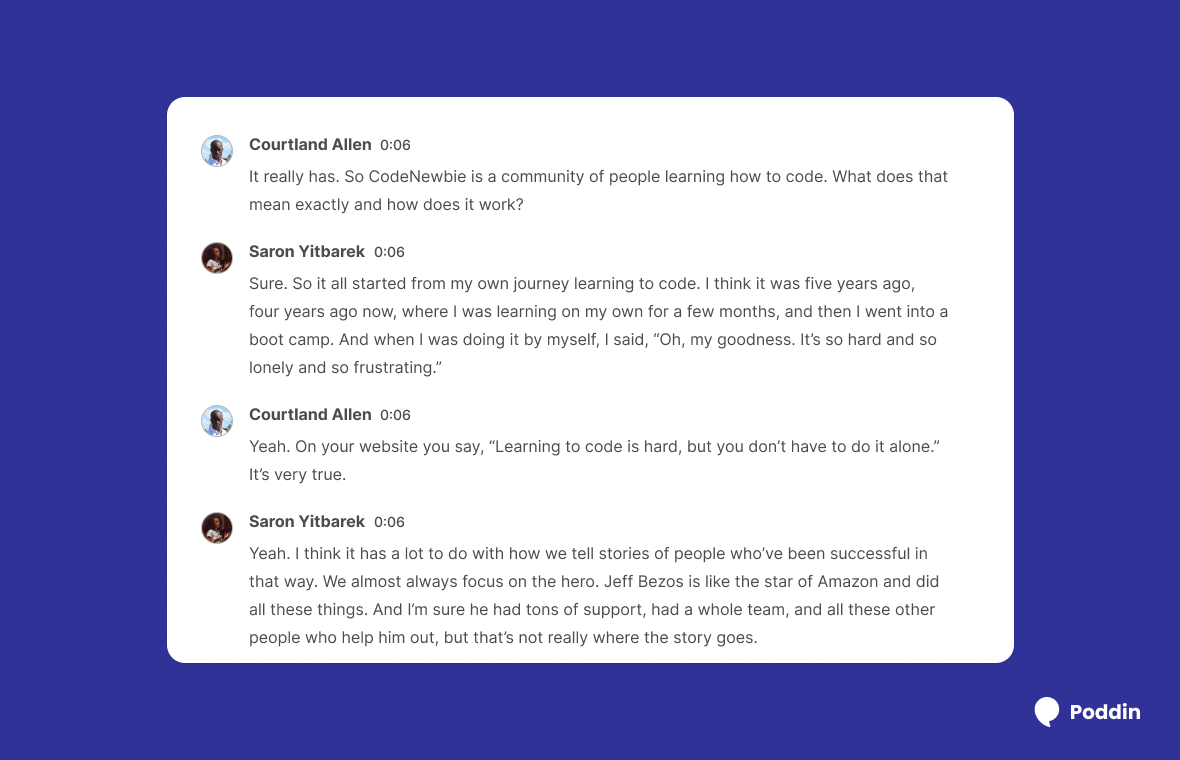
You can manually type while listening to your podcast, which is more accurate and time-consuming, if you hire an audio editor, but the price is way too high.
Or you may use an automated tool that is much quicker but has a higher level of mistakes. Automated tools often recognize the text of your episodes through AI, you need to upload your episodes and then wait for the recognition to complete. This is much faster than manual transcription, but accordingly involves some proofreading, but it is overall more efficient than manual.
Currently we cannot add our transcribed text to common podcast directories such as Apple Podcasts, Google Podcasts or Spotify or some other ubiquitous podcast app.
However, a common practice in the industry is for you to add the podcast transcript to your website and then include a link to the transcript in the shownote.
According to some of our research, recently these big companies are also trying to offer podcast transcriptions.
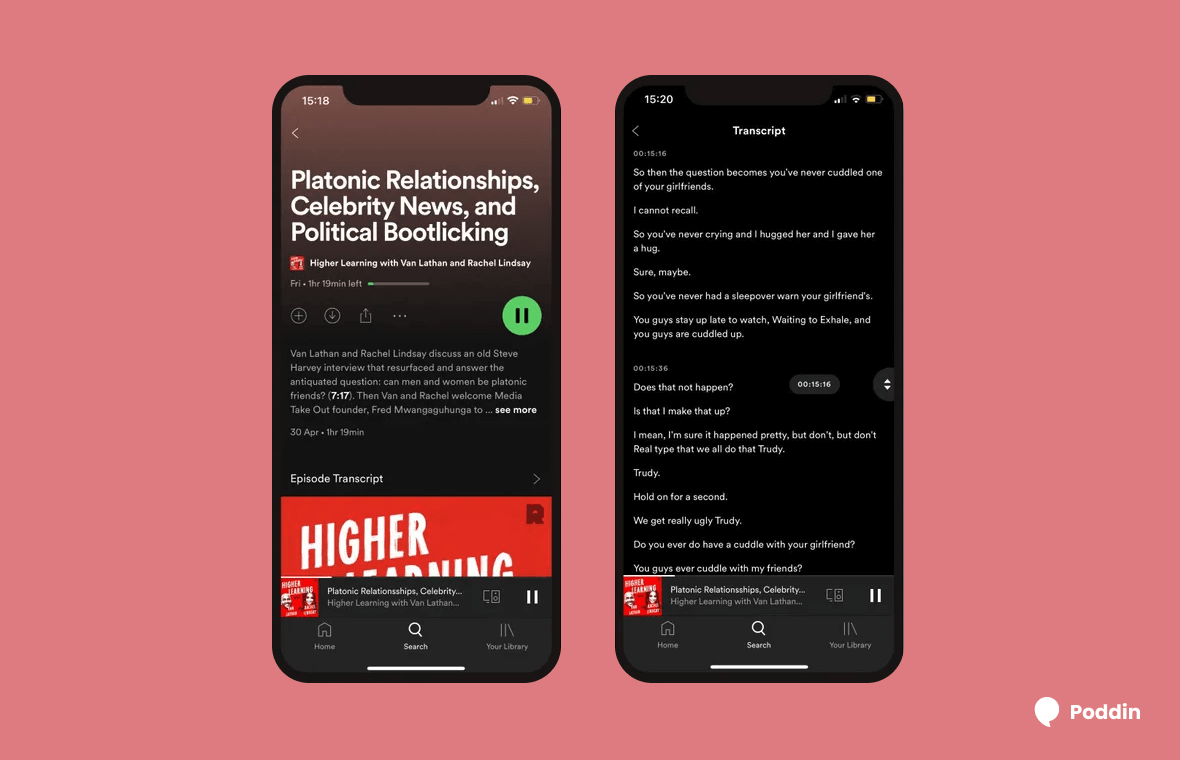
The benefits of transcribing podcasts?
I get asked all the time in many communities and groups how to grow podcast audiences. My answer, as always, is that transcribing your podcast episodes is the least difficult way.
But why?
In general, the success of all digital content is determined by two factors: production and distribution. In the world of podcasts, production refers to recording and editing your episodes. Distribution, on the other hand, involves getting your podcast into the stream of people's attention (you could also call it marketing).
And adding transcribed text is the best practice for distribution.You can certainly spend your days busy posting clips of your episodes and cold contacts on social media. But smart podcasters have transcribed their podcasts and quietly enjoy a steady stream of traffic and audience.
Here are 5 reasons why you need to provide transcription of your podcast.
1.It is good for SEO.
Google is smart in that it infiltrates almost every aspect of our daily lives (which is a little scary); it's also stupid in that it can't crawl your episodes or audio (you can see this article about how Google's search engine works, but briefly, it can only recognize text).
So many podcasters have tried shownote, and yes, it works. But it's not nearly enough, because including the shownote only ensures that you are be searchable. But there's no guarantee that your episode will be ranked prominently on the SERP page.
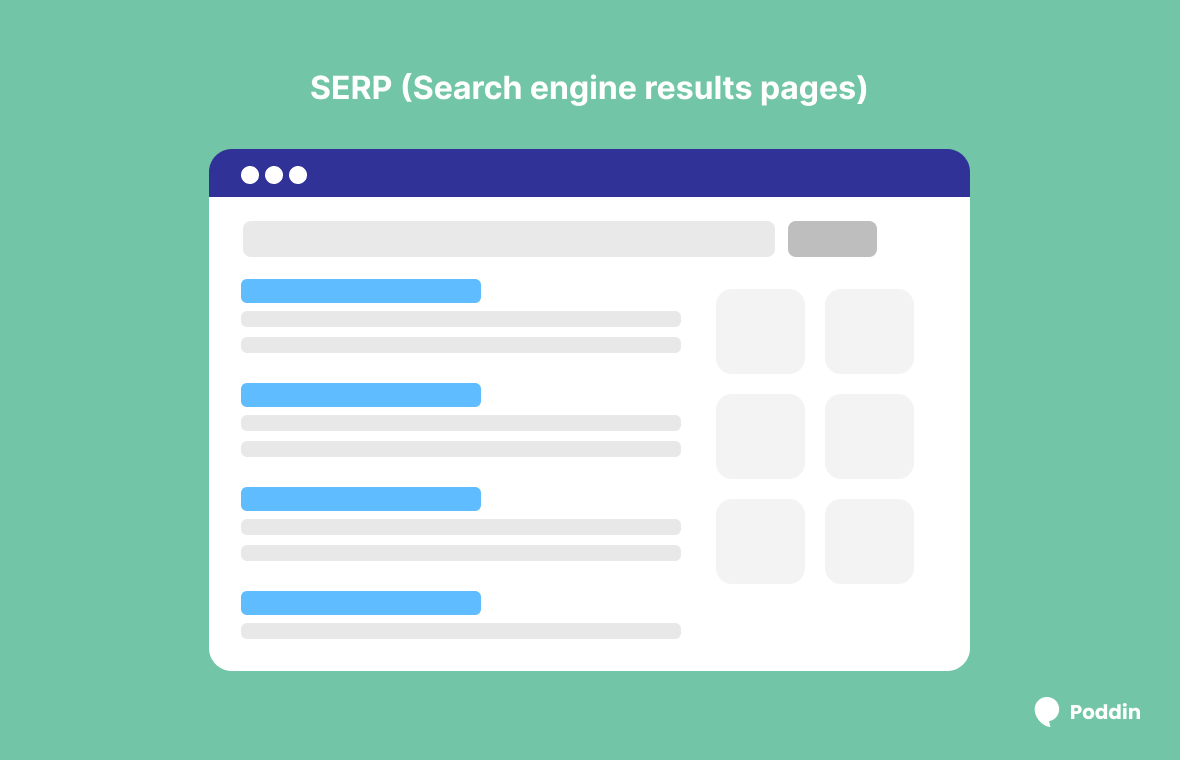
The way Google's search engine works has always been a black box, but in general, it likes you being focused, and if your podcast episodes keep feeding it relevant keywords, then when someone searches for similar keywords again, it will show you first.
A 40-minute podcast episode contains about 10,000 words of text. Think about it, that's a lot of keywords and information, which is exactly what Google search likes.
More tips about Podcast SEO? Check the blog post below.
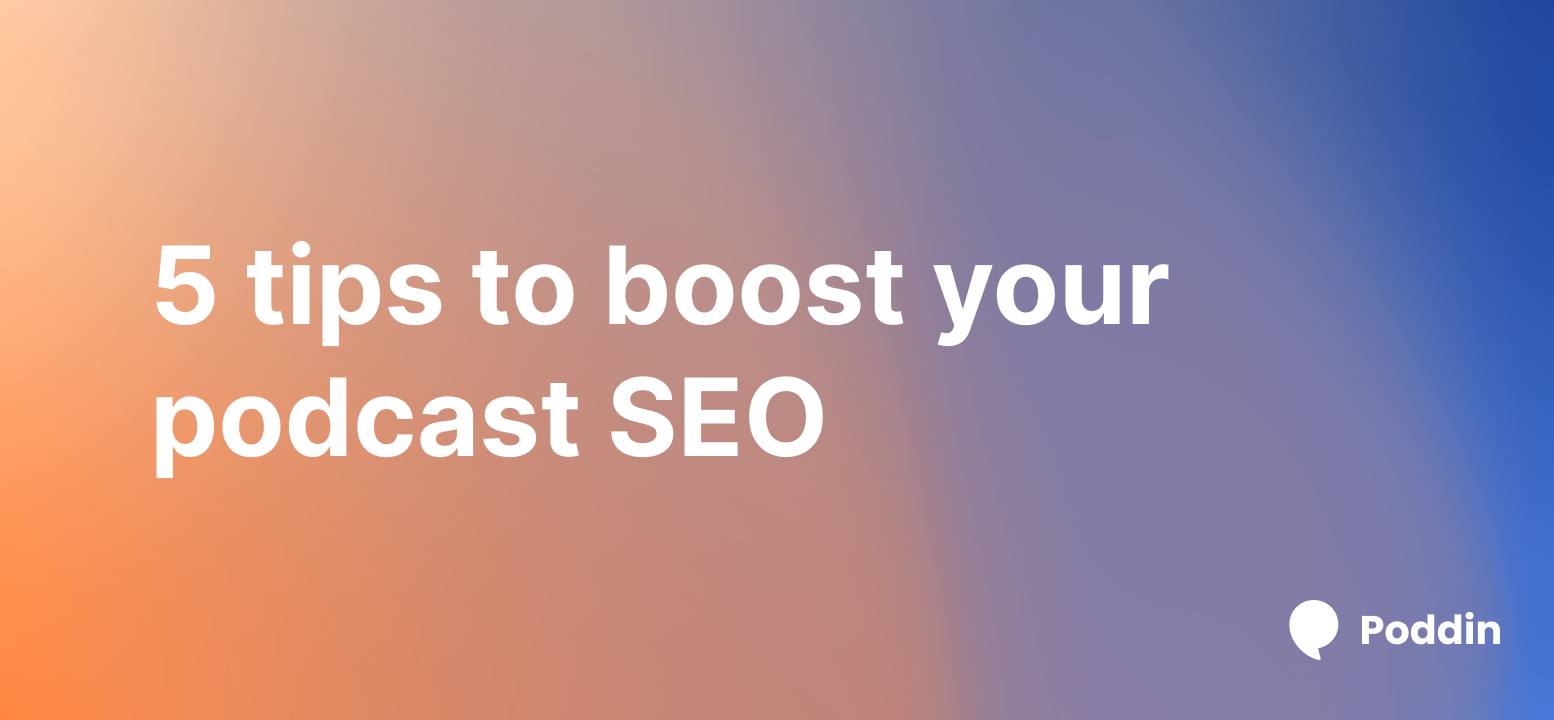
If your podcast is about jogging, how many times do you mention related keywords? For example, running shoes, exercise, marathon, running, walking, etc. And if your podcast is about basketball, like NBA, Lebron, home court, layups, shooters, etc. These keywords are all things that Google likes.
And your podcast keeps talking about these topics. Bi-weekly updates, and single-weekly updates, then create a lot of focused keywords. Think about it, how much traffic and exposure will this get to the podcast with the search engines?
All these nuggets are wasted if you don't provide transcriptions of your podcast.
In short, Google is stupid and it can't crawl your episodes. By transcribing your episodes, you allow Google's crawlers to find your podcast. Also, transcribing the text with a lot of keywords on the same topic and relevant keywords will allow your podcast to stand out in a sea of results.
2.Engages potential audiences.
In the age of social media, people don't have a lot of patience (sad but true). You can't ask someone visiting your podcast for the first time to spend 20 minutes listening to your podcast.
In contrast, offering podcast transcriptions gives new visitors the possibility to access your content more quickly. They can quickly determine if your podcast is to their liking by reading (rather than listening). This greatly increases the likelihood of becoming an audience to your podcast.
Of course, there are times when people just enjoy reading more. You don't have to spend an inordinate amount of time summarizing your episodes into a blog (you still can if you want).
All you have to do is transcribe your podcast and then give your potential audience a new way to access your content. Do you remember the time when your friend sent you a podcast he had produced to seek some feedback? It was hard to do, right? But what if he had attached a document of the episode transcriptions?
So the answer is obvious: Yes, you need to transcribe your podcast.
3.Increases accessibility.
According to the survey, 15% of American adults have a hearing impairment. Reading, as opposed to listening, is the only way they can access your podcast episodes. If you transcribe your podcast, then it will be extremely high to improve the accessibility of your content. Give audiences with hearing impairments the opportunity to enjoy your content.
Also, transcribing your podcast increases your likelihood of growing a global audience, especially from non-English speaking countries. Audiences from non-English speaking countries may have difficulty listening to your episodes, and offering transcriptions can greatly reduce the language gap. They can listen to your podcast by cross-referencing your transcriptions, or they can use the translation feature that comes with their browser to read them.
It's worth mentioning that if your podcast content is about education or highly specialized content, I highly recommend that you provide transcriptions. Your episodes may involve a lot of specialized vocabulary and instructional content that users learn in more depth with the transcribed text.
4.Enhances your audience's experience.
In the past, all your audiences got was your episode, an mp3 or whatever audio format. And with the provision of transcribed text, your listener experience is greatly enhanced.
Transcripts give users a way to "read" your podcast, so they can still enjoy your content when they are not comfortable listening to your podcast, such as in a hospital or in a quiet environment.
Transcripts provide a table of contents for your podcast episodes, acting as a guide. Whereas audiences could only listen to your episodes in a linear fashion, transcriptions (especially time-stamped transcriptions) let audiences know how the topic of your episode changes and when it corresponds. After all, people prefer to browse through your transcriptions before they listen so they can know what's going to happen in the middle of your episode.
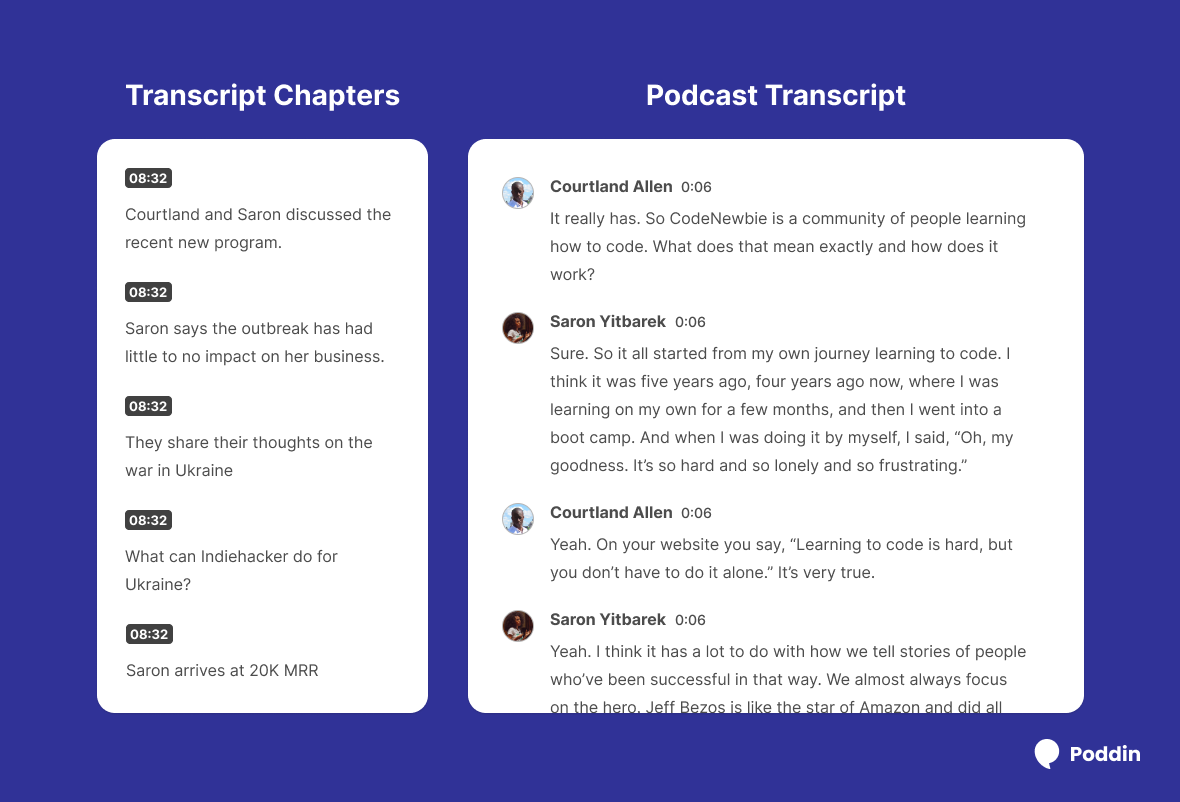
Transcripts gives users the possibility to share your podcast on social media and in groups. Sharing your episodes in text-based (visual) social media is almost always difficult. By providing transcribed text, users can copy the text directly and discuss it in social media. Think about it, how would users share and discuss your episodes without transcriptions? Copy your player and say "listen to 23:06 to 27:42"?
Transcripts allow you to more easily get your podcast mentioned or liked in blogs, news stories, social media posts, academic papers, and more. Getting quotes or credits gives your business and podcast a lot of exposure. It also leads to greater traffic and viewership.
5.Maximizes the value of your content.
You can use podcast transcriptions to produce more other forms of content. For example, rewrite your podcast into several blogs. You can likewise create beautiful PDFs of transcribed text to post to your Patreon as a fan exclusive.
More importantly, the transcribed text is social media-friendly.
You can use transcribed text to create a lot of micro-content to promote your podcast. The most significant driving force behind any outstanding podcast is social media. You may quickly share your show on all social media platforms by providing transcribed text. Quotes, highlights, and interviews are simpler to share in text format, which boosts the viral potential of the material.
At last
It's not enough to just publish a podcast to different hosting platforms and call it a day, as we started talking about, distribution is becoming more and more important in this day and age, in addition to production.
Podcasters must learn how to expand their audience and promote their material to succeed. Transcriptions of podcasts are an excellent approach to growing new audiences through SEO and social media. Transcripts may be a fantastic investment if you want to continue producing content in the future.

